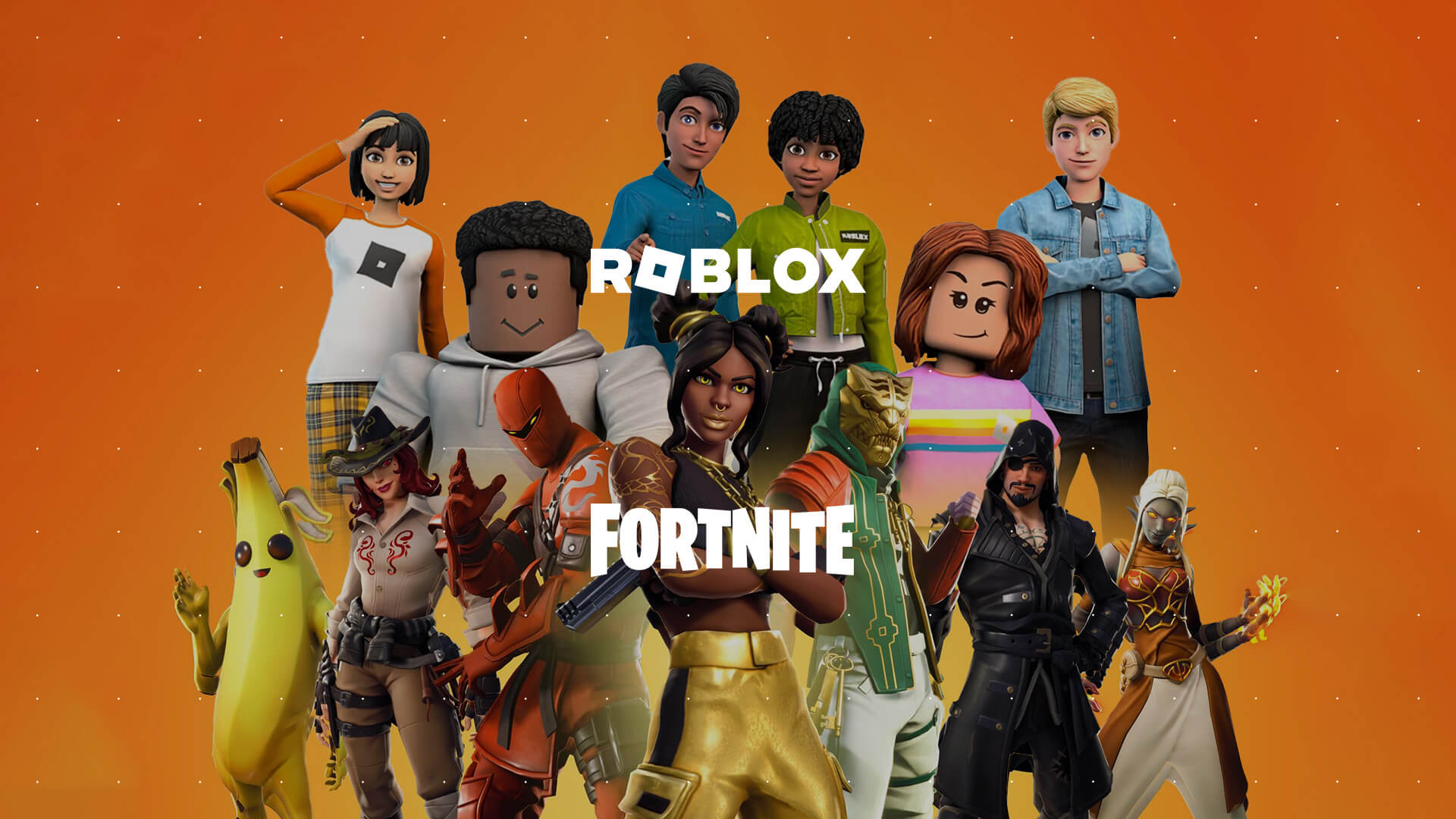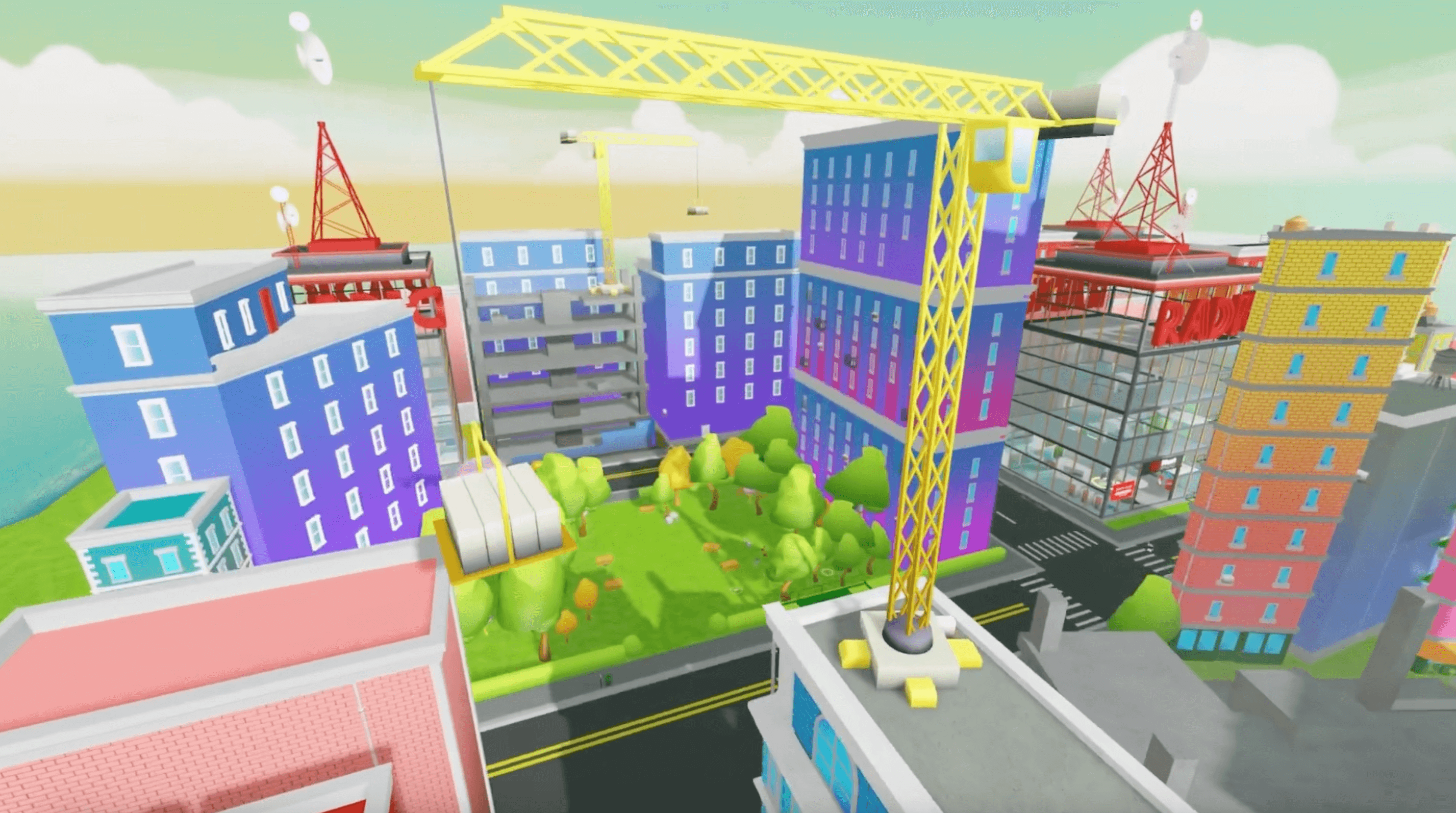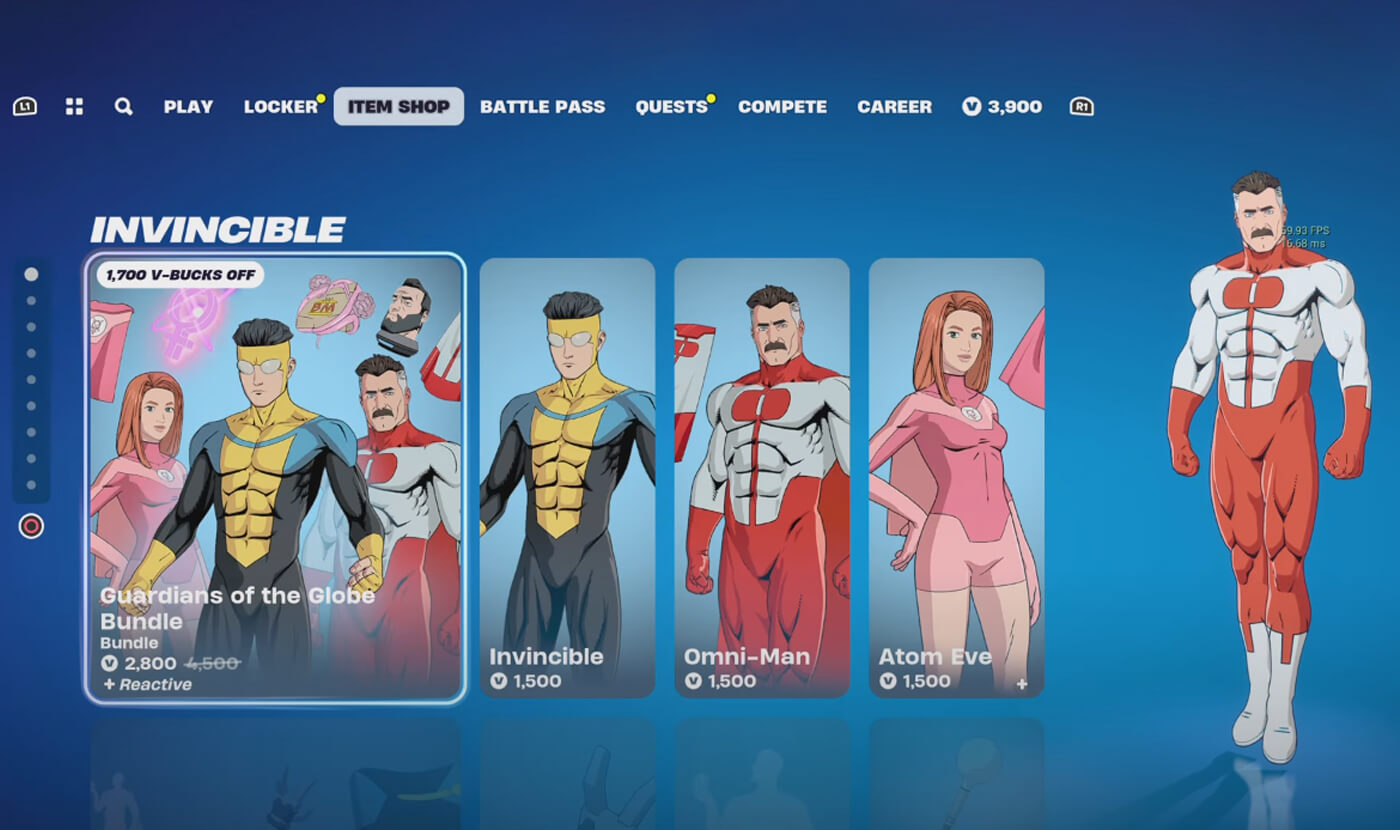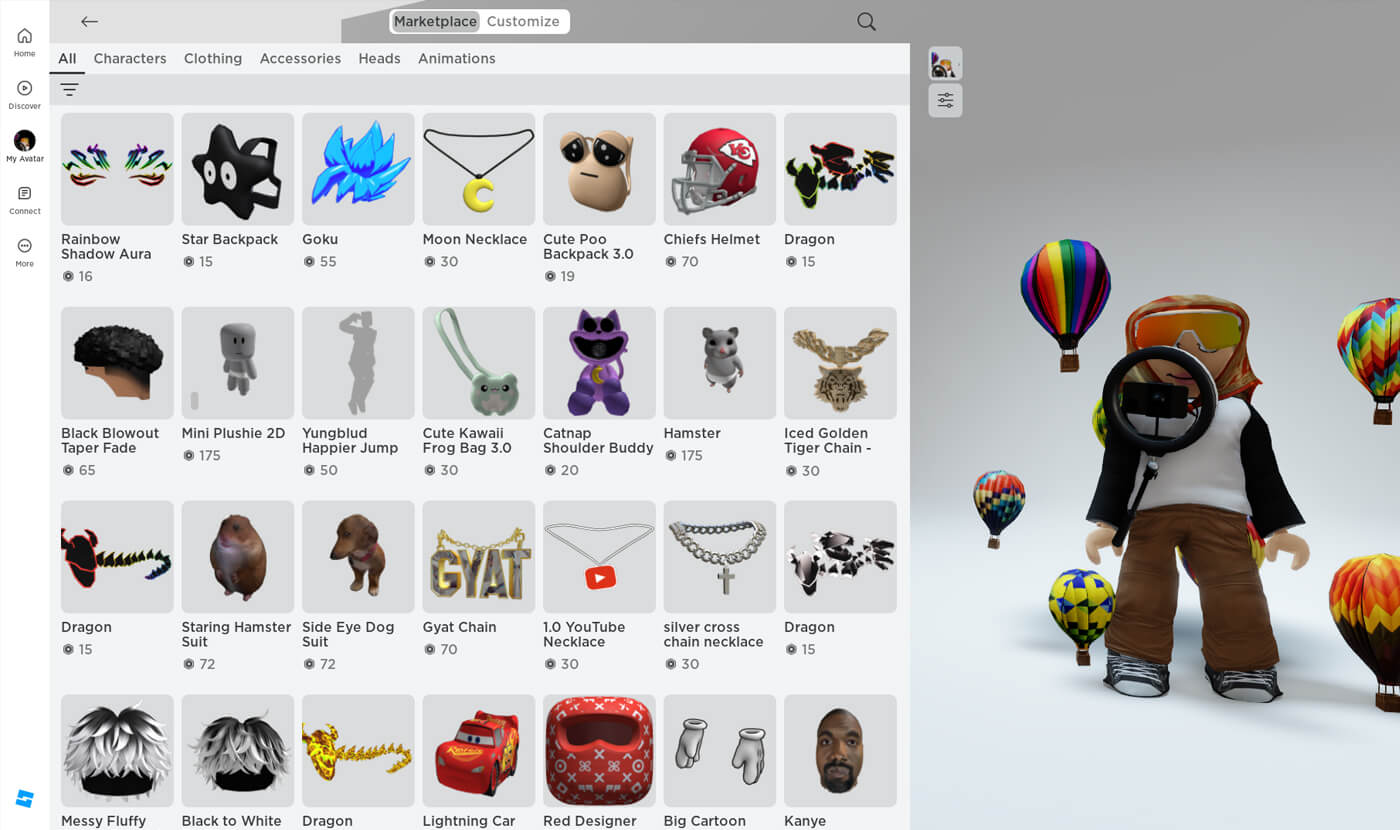
Roblox vs Fortnite: Brand Experiences in the Gaming Universe
- Read time 5min
- published 2024.04.09 updated 2024.04.09
-
what
- Blog
- Brands
- Gaming
The gaming industry is surpassing traditional media in both popularity and profitability, fundamentally reshaping the business landscape by revolutionizing how brands deploy content and connect with new audiences. At the forefront of this paradigm shift stand Roblox and Fortnite.
How Roblox and Fortnite Are Reshaping Brand Engagement
Roblox and Fortnite have redefined the boundaries of interactive entertainment, capturing millions of players and serving as hubs for brand activations by renowned names such as Gucci, Coca-Cola and Barbie. Yet, this success doesn’t solely stem from offering gaming experiences. These platforms have become cultural phenomena, serving as thriving ecosystems that:
Connect with young consumers: Roblox and Fortnite are beloved by younger audiences, making them perfect environments for crafting gaming experiences that resonate with this demographic. In doing so, brands are not only connecting with the current generation but also laying the groundwork for future consumer loyalty.
Foster active engagement: Leveraging Fortnite and Roblox as channels for consumer engagement transcends conventional promotional methods, transforming passive audiences into active participants. By immersing players in gaming experiences, brands cultivate deeper connections, propelling individuals from mere spectators to engaged community members.
Embrace virtual innovation: As the gaming industry continues to evolve with cutting-edge technologies, integrating platforms like Fortnite and Roblox into marketing strategies signals a commitment to pioneering new and transformative experiences for audiences, setting brands apart in a crowded digital landscape.
Understanding the Differences between Roblox and Fortnite
For brands seeking to tap into the potential of Roblox and Fortnite, it is essential to grasp the differences between these top-tier platforms. This understanding empowers brands to craft gaming experiences that effectively integrate with their narrative and resonate with their target audience.
User-Generated vs Proprietary Content: Roblox primarily revolves around user-generated content, allowing players to create gaming experiences within the platform. On the other hand, Fortnite offers proprietary content created by Epic Games, with limited user-generated content capabilities.
Gameplay: Roblox offers a wide variety of genres, ranging from simulations to role-playing, obstacle courses, and first-person shooters, catering to a diverse audience. Fortnite, however, is primarily known for its battle royale mode, where players compete to be the last one standing in a shrinking map.
Graphics: Roblox features a blocky, pixelated art style that allows for flexible and simplistic designs, appealing to a younger range of players and allowing for easy creation and customization. In contrast, Fortnite boasts a more visually immersive art style, characterized by vibrant colors, elaborate animations, and quirky characters.
Monetization Models: Roblox employs a freemium model, allowing players to access the platform for free while offering in-game purchases such as virtual currency (Robux) and cosmetic items. Similarly, Fortnite follows a freemium model but generates significant revenue through its battle pass system, offering exclusive rewards and cosmetics for a fee.
Social Interaction: Roblox emphasizes social interaction and collaboration, enabling players to co-create gaming experiences, join communities, interact with friends, and participate in virtual events together. Fortnite also offers social features such as voice chat and emotes but places more emphasis on strategic teamwork within its battle royale mode and in-game events, such as concerts and movie screenings.
Target Audience: Roblox appeals to a younger audience, including children and teenagers, who enjoy its diverse range of user-generated content and creative freedom. On the other hand, Fortnite has a slightly older audience, including adolescents and young adults, drawn to its competitive gameplay and visually appealing graphics.
Cross-Platform Availability: Both Roblox and Fortnite are available across multiple platforms, including PC, consoles, and mobile devices. However, Fortnite gained widespread popularity for its cross-platform compatibility, allowing players to seamlessly play with friends on different devices, whereas Roblox’s cross-platform functionality is primarily limited to certain features and experiences.
Development and Programming: Roblox provides accessible development tools which allow users to create gaming experiences and items with relative ease. In contrast, Fortnite’s development tools are more limited and require a deeper understanding of building mechanics, focusing on the creation of custom maps and modes within Fortnite Creative mode.
Brand Experiences on Roblox and Fortnite
Roblox and Fortnite have attracted an array of notable brands, from retail giants, Walmart and Adidas, to prestigious luxury names, Lamborghini and Burberry, who seized the platforms’ potential to redefine how they deploy content and connect with new audiences. Yet, the most compelling endeavors emerge from brands that boldly venture into both Roblox and Fortnite. By straddling both platforms, brands amplify their reach and engagement, catering to varied user bases and play styles. This multifaceted approach underscores a brand’s dedication and commitment to fostering community across different digital spaces.
A standout example is iHeartMedia’s iHeartLand, a virtual world present on both Roblox and Fortnite, each offering its own distinct atmosphere and experience. In iHeartLand on Roblox, players are equipped with a personalized music studio upon arrival, tasked with building their music empire by harnessing the power of audio. As they explore the streets of iHeartLand, they collect sound energy to fuel their studios, generating listeners and iHeartBucks along the way. These iHeartBucks enable users to enhance their studio experience with premium equipment, curated playlists, studio pets, and more.
In iHeartLand on Fortnite, players are transported to an expansive outdoor venue featuring a sprawling stage and screen for concerts, shows, and programming from top artists. Inside the iHeart Headquarters, players access a miniature island map, guiding them through a variety of competitive and entertaining minigames. From high-speed races in Speed of Sound to adrenaline-pumping obstacle courses in Leap of Faith, iHeartLand offers a plethora of experiences designed to captivate and engage players of all ages.

Final Remarks
Roblox and Fortnite offer unique opportunities for brand engagement. Roblox’s rich content and community allow brands to get creative and engage with players in a meaningful way. It appeals to a younger audience interested in creativity and self-expression, making it ideal for brands targeting Gen Z and younger Millennials. On the other hand, Fortnite’s engaging gameplay, strategic partnerships, and massive reach across multiple media channels give brands unmatched visibility and brand integration opportunities. Its’ broad appeal and pop culture relevance make it a prime platform for brands looking to reach a diverse audience of gamers and pop culture enthusiasts.
Ultimately, the choice between Roblox and Fortnite depends on the brand’s objectives and target audience. For companies seeking to leverage user-generated content and foster creativity, Roblox provides a versatile platform for brand experiences. Meanwhile, Fortnite’s cultural impact and massive reach make it an attractive option for brands looking to make a splash on a global scale. Exclusible is an innovative studio that builds and launches gaming and immersive experiences for brands on Roblox and Fortnite. Our team of experts can help brands navigate this decision-making process, whether it involves focusing on a single platform or a crossover between platforms.

